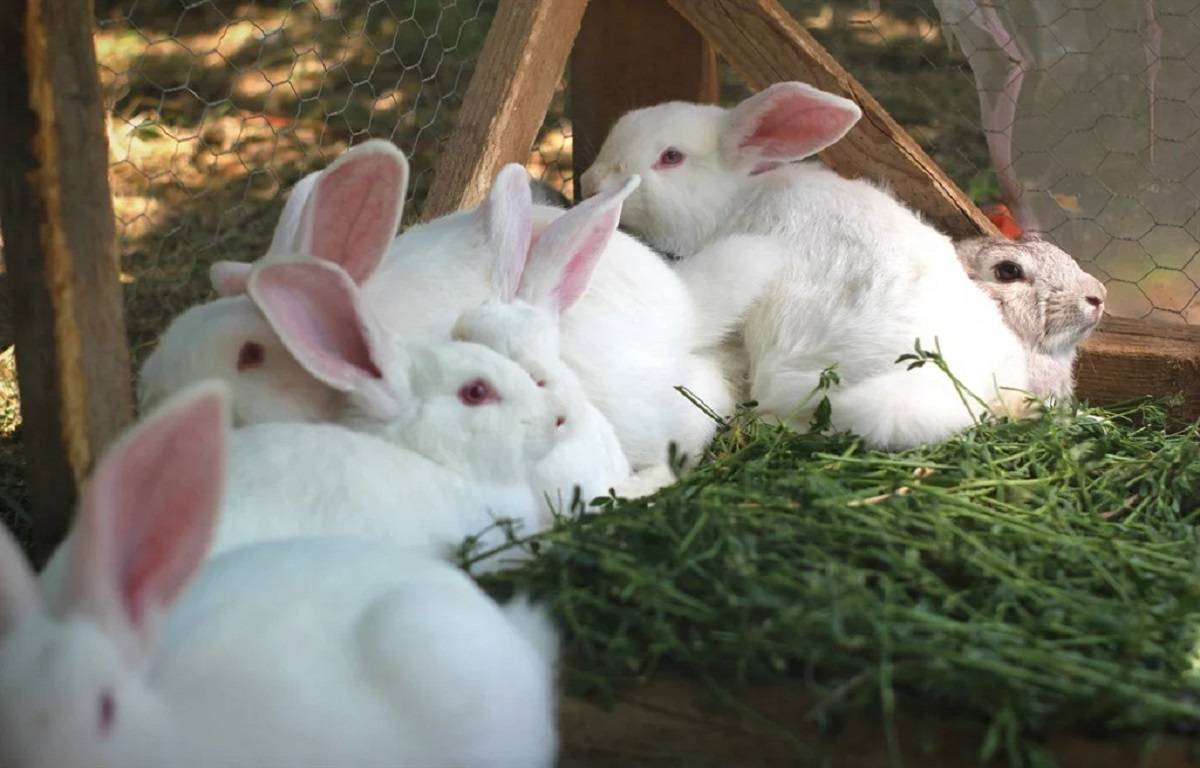
Rabbits don’t share a lot of similarities with other farming animals. They require a lot of attention and care that a first-time rabbit farmer might not be privy to. Between housing, feeding, breeding, and selling farmed rabbits, there is a lot of room for error. Experienced rabbit farmers and caretakers believe that the first step of rabbit farming is to establish a clear reason behind rearing the animal.
Rabbit farmers should establish whether the rabbits are being bred for meat, wool, pelts, or manure. It is also recommended that an aspiring rabbit farmer should learn from experienced rabbit farmers the dos and don’t before investing money in building cages. Understanding the rabbits’ temperament and behavior, along with knowing what’s good for them to eat to ensure a good end product is of utmost importance.
Now, let’s take a look at some common mistakes that every rabbit farmer should avoid making.
Free range production- Every rabbit farmer will tell you to avoid making the mistake of raising your rabbits on a free range because rabbits love to borrow. And they will escape frequently and very easily when kept outside. Plus, they are also susceptible to attacks from predators such as dogs, snakes, rats, and birds, along with pests such as mites and fleas on a free range.
Accessibility to predators- While setting up a cage, it is important that you account for all of the predators in your area. If you plan on building a barn with an open top, then you will have to take birds of prey into consideration. A barn with an open top and barbed wires is also not enough to keep cats away from rabbits.
Cage space- First-time rabbit farmers always make the same mistake of not buying more cages and not buying the right size of the cage. Make sure that the rabbits have enough space to walk around in the cage. And remember that you’ll need enough space to accommodate several litters of rabbits at the same time.
Overfeeding- Rabbits have extremely sensitive digestive systems which can develop serious problems when they are overfed by first-time rabbit farmers. The reproductive health of rabbits decreases considerably when they are overweight. Fat starts to build around the reproductive organs of overweight rabbits. In the female rabbit, fat around the fallopian tubes restricts the egg from passing to the uterus and this results in smaller litters.
It even makes the delivery difficult because her birth canal is surrounded by fat and the kits are larger in size. This can lead to the death of the kits and the female rabbit. First-time rabbit farmers should ensure that they keep a strict feeding regimen for their rabbits from which they receive the proper nutrients to sustain themselves.
Wrong feeding habits- Other than overfeeding, rabbits’ sensitive digestive can become quickly upset when their diet is changed suddenly. It is important that you speak with your vet before switching their diet to pellets and before introducing vegetables and treats.
Committing to rearing different breeds and many rabbits from the start- Many first-time rabbit farmers make the mistake of overwhelming themselves by committing to taking care of too many rabbits or rabbits from different breeds. This often leads to a lower quality of life for the rabbit as you won’t be able to provide adequate attention or space to the rabbit.
Introducing the buck to the doe- Rabbits are extremely territorial animals who can become very aggressive and violent in order to protect their space. Many new farmers make the mistake of taking the buck to the doe during the breeding season. An extremely aggressive doe can attack a young buck if he enters her cage.
An unpleasant breeding experience can scare the young buck into never wanting to breed again. The recommended way to introduce a buck and a doe is by bringing the doe to the buck. This is because the buck, who is more interested in breeding than defending his space, will not show aggression towards the doe.
Breeding, feeding, homing, and selling farm rabbits is an extremely difficult task for new rabbit breeders because rabbits are unlike any other farm animal. However, with proper experience and knowledge of rabbit rearing beforehand, new rabbit farmers can apply the tricks of the trade and raise a healthy animal.

















